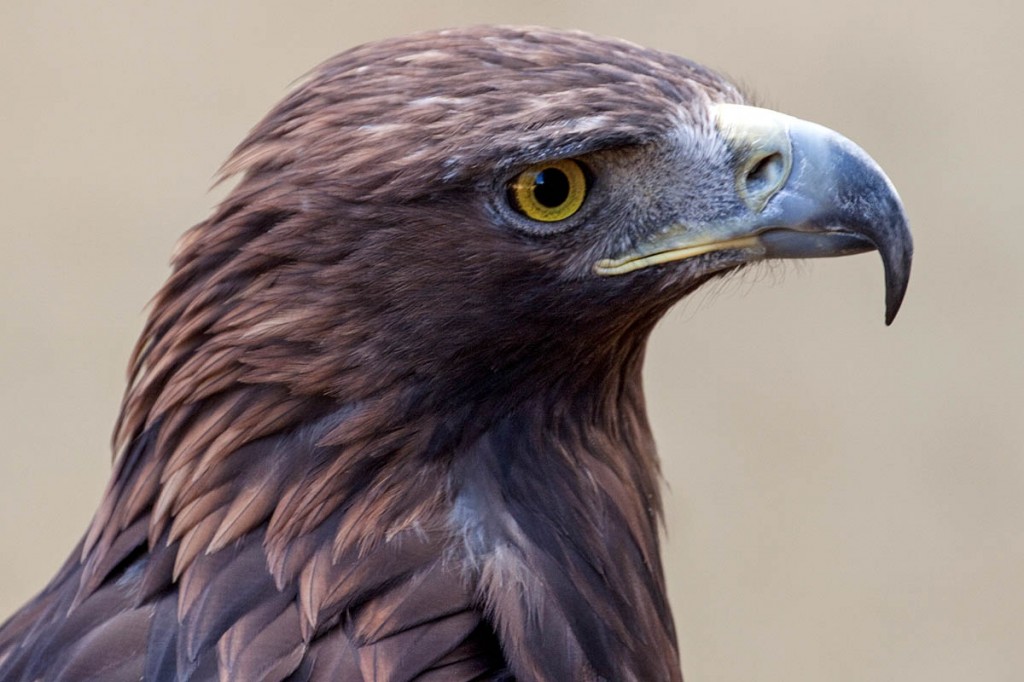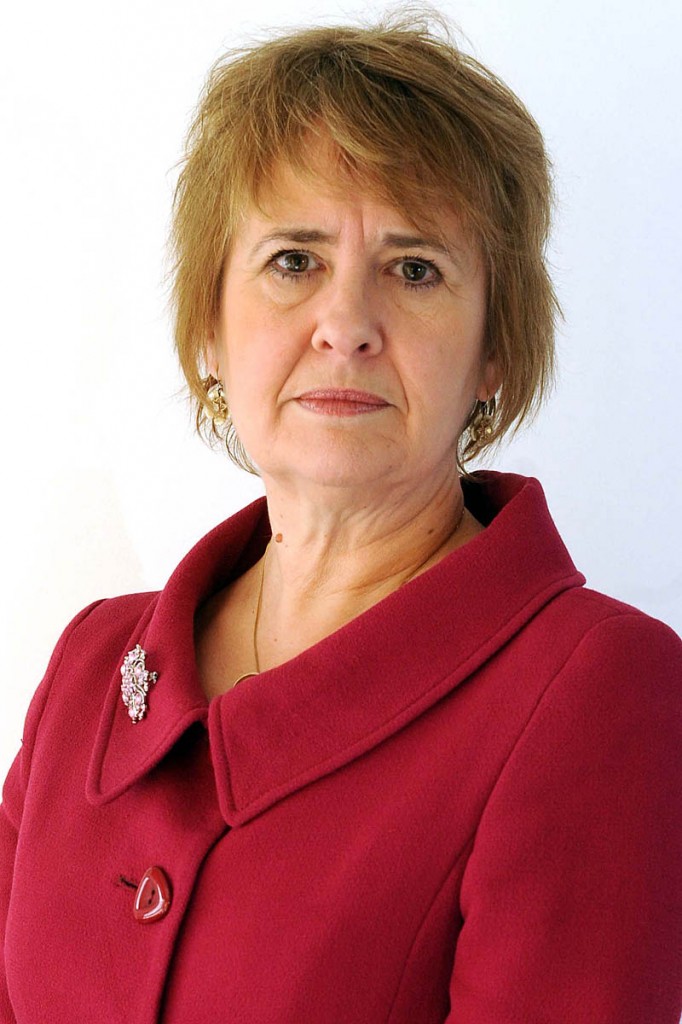The Scottish Government will look at licensing grouse shooting after a report showed a strong link between the disappearances of golden eagles and shooting estates.
The study by Scottish Natural Heritage, Holyrood’s advisory body on the outdoors, found more than 40 of the birds of prey, out of a total of 131 young golden eagles, were lost in suspicious circumstances.
The majority of the raptors, which were being satellite-tracked, went missing where land is intensively managed for driven grouse shooting.
Environment Secretary Roseanna Cunningham told the Scottish Parliament she will set up an expert group to look at managing grouse moors sustainably and within the law.
Following a request by the environment, climate change and land reform committee the group will also advise on the option of licensing grouse-shooting businesses.
The report studied the movements of 131 young golden eagles over a 12-year period, and found more than 40 had disappeared in suspicious circumstances. It also found there was no link between fitting satellite tags and the disappearance of the birds of prey and ruled out any connection with the position of wind turbines.
Ms Cunningham outlined new measures which she said would protect birds of prey, the wider Scottish environment and the reputation of those who abide by the law. The Scottish Government will:
- Set up an independently led group to look at the environmental impact of grouse moor management practices such as muirburn, the use of medicated grit and mountain hare culls, and to recommend options for regulation including licensing and other measures which could be put in place without new primary legislation
- Immediately review all available legal measures which could be used to target geographical areas of concern
- Increase resources for the detection and investigation of wildlife crime and work with Police Scotland to pilot the use of special constables in the Cairngorms national park
- Examine how best to protect the role of gamekeepers in rural Scotland
- Commission research into the costs and benefits of large shooting estates to Scotland’s economy and biodiversity.
It said it had ruled out giving the Scottish Society for the Protection of Animals more investigative powers in light of legal advice.
Ms Cunningham said: “The findings of this research are deeply concerning and will give rise to legitimate concerns that high numbers of golden eagles, and other birds of prey, continue to be killed in Scotland each year.
“There is every reason to believe that similar levels of persecution affect untagged golden eagles, as well as those we are able to track via satellite tags.
“We have already targeted wildlife criminals, and those who sanction such crimes, by introducing measures such as vicarious liability and restrictions on the use of general licences. But Scottish ministers have always said they would go further if required – and that is what I am doing.
“The continued killing of protected species of birds of prey damages the reputation of law-abiding gamekeepers, landowners and indeed the country as a whole. Those who carry out these crimes do so in defiance of the will of Parliament, the people, and their own peers. That must end.
“This report identifies specific problem areas which will allow Police Scotland to adopt a targeted approach and I would also encourage members of the public to report any suspicious activity to the police.
“The range of measures we will introduce over the longer-term will build on the progress that we have made to-date and tackle outdated practices and attitudes. By looking at ways of strengthening the legal protection for birds of prey we are sending out a strong message that Scotland’s wildlife is for everyone to enjoy – not for criminals to destroy for their own ends.”
The report for SNH by Dr Phil Whitfield and Dr Alan Fielding found evidence of clusters of suspicious disappearances in six areas associated with grouse moor management.
The National Trust for Scotland welcomed the Scottish Government action. Its head of natural heritage conservation policy Stuart Brooks said: “We welcome the establishment of an independent review of the environmental impact of grouse moor management and the potential to regulate practices within a licensing system.
“As a significant custodian and manager of upland estates, we at the National Trust for Scotland look forward to contributing to the package of review and research measures.”

![[CC-2.0]](/lib/img/layout/cc-attr.gif)

Felix
02 June 2017Good too see something so being done, I look forward to the report and its recommendations doing something positive over the loss of raptors.
GeorgeH
04 June 2017Meanwhile the Scottish Government completely ignores the continuing slaughter of our wildlife by the wind industry -
Wildlife expert Jim Wiegand has documented how areas searched under wind turbines are still confined to 200-foot radiuses, even though modern monster turbines catapult 90% of bird and bat carcasses much further. Windfarm owners, commission studies that search much-too-small areas, look only once every 30-90 days, ensuring that scavengers remove most carcasses, and ignore wounded birds that happen to be found within search perimeters.
These research protocols are designed to guarantee extremely low mortality statistics, hiding the true death tolls. In addition, bird mortality data are now considered to be the property of windfarm owners, which means the public no longer has a right to know.